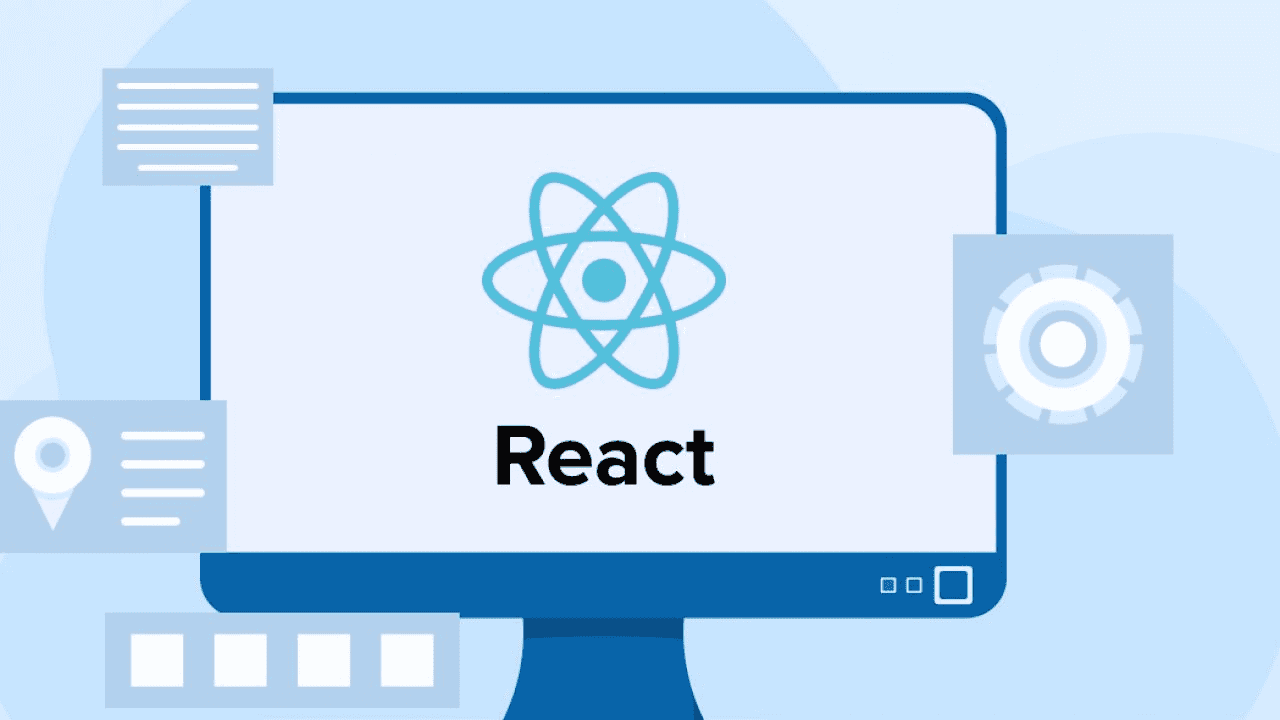Blitz News Digest
Stay updated with the latest trends and insights.
React Hooked: A Developer's Love Story
Discover the passion behind React Hooks in this captivating developer's journey. Unlock your coding potential and fall in love with React!
Understanding React Hooks: The Ultimate Guide for Developers
In recent years, React Hooks have revolutionized the way developers build applications with React, offering a more functional and concise approach to state management and side effects. Introduced in React 16.8, hooks enable developers to use state and lifecycle features in functional components, removing the need for class components in many cases. This guide aims to equip you with a comprehensive understanding of React Hooks, starting from the basics to advanced usage, ensuring you can leverage them effectively in your projects.
One of the most commonly used hooks is useState, which allows developers to add state variables to functional components. Here's a brief overview of how to use it:
- Import the hook:
import { useState } from 'react'; - Initialize state inside your component:
const [count, setCount] = useState(0); - Update state using the setter function:
setCount(count + 1);
By mastering React Hooks, you can create more maintainable and reusable components, ultimately enhancing your development workflow.

10 Common Mistakes When Using React Hooks and How to Avoid Them
React Hooks offer powerful features for managing state and side effects in functional components. However, many developers still make mistakes when using them. One of the common mistakes is failing to adhere to the Rules of Hooks. This includes using hooks inside loops, conditions, or nested functions. React expects hooks to be called in the same order on every render, so violating this rule can lead to unpredictable behavior. To avoid this mistake, ensure that your hooks are called at the top level of your component.
Another frequent pitfall is neglecting dependency arrays in the useEffect hook. When used improperly, like omitting dependencies, it can lead to bugs where effects run too often or not at all. Always double-check your dependency arrays to make sure you include all variables that the effect uses. This simple practice can prevent frequent re-renders and improve your component's performance. By being mindful of these practices, you can harness the full power of React Hooks without running into common issues.
How React Hooks Changed the Way We Build Components
React Hooks have revolutionized the way developers build components by providing a more streamlined approach to managing state and side effects. Traditionally, class components required a significant amount of boilerplate code, such as constructors and lifecycle methods, which made the codebase cumbersome and hard to maintain. With the introduction of hooks, developers can now use functional components to handle state and lifecycle events, leading to cleaner, more concise code. This shift not only improves readability but also encourages reusability of logic through custom hooks.
Additionally, React Hooks promote better separation of concerns within components. By separating state management and side effects, developers can more easily reason about each part of their code. For instance, using the useState and useEffect hooks allows for clear definitions of state logic and side-effect management, respectively. This modular approach not only enhances code quality but also aligns well with modern development practices that prioritize maintainability and scalability in large applications.